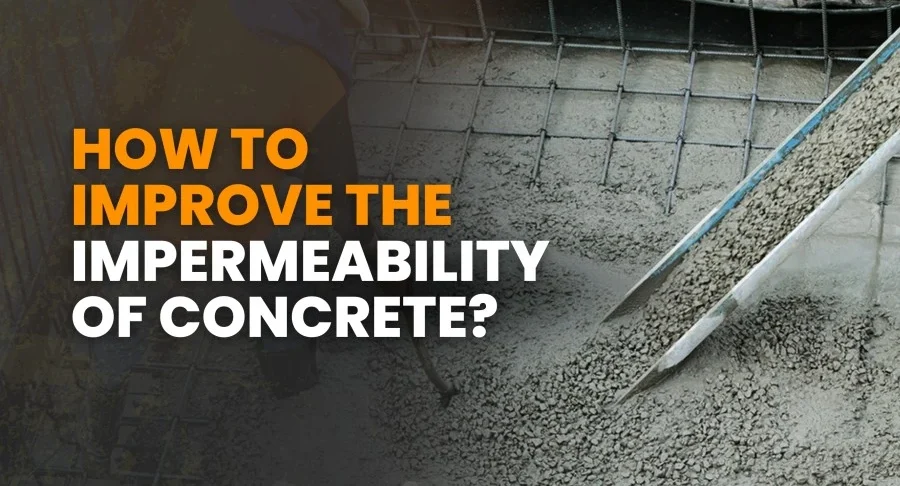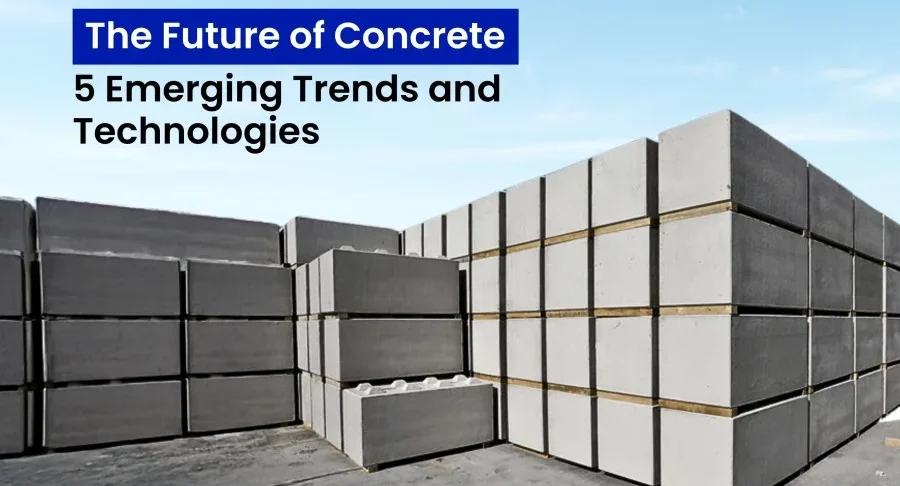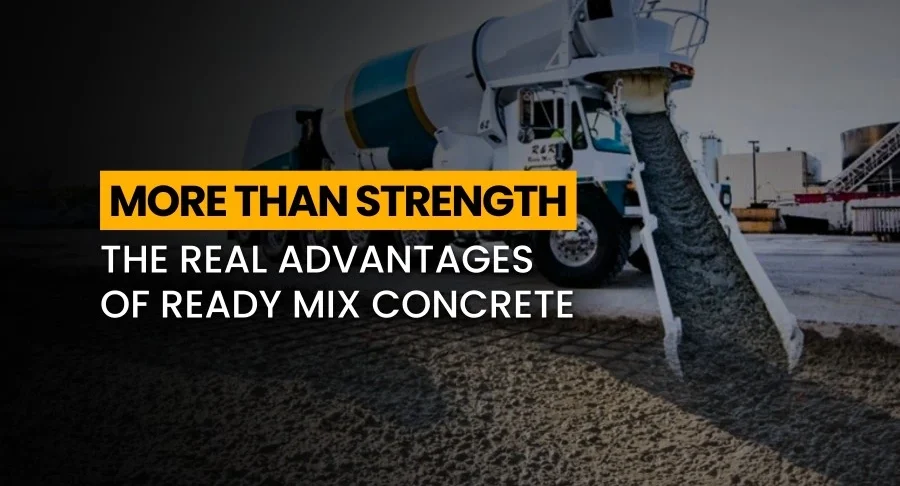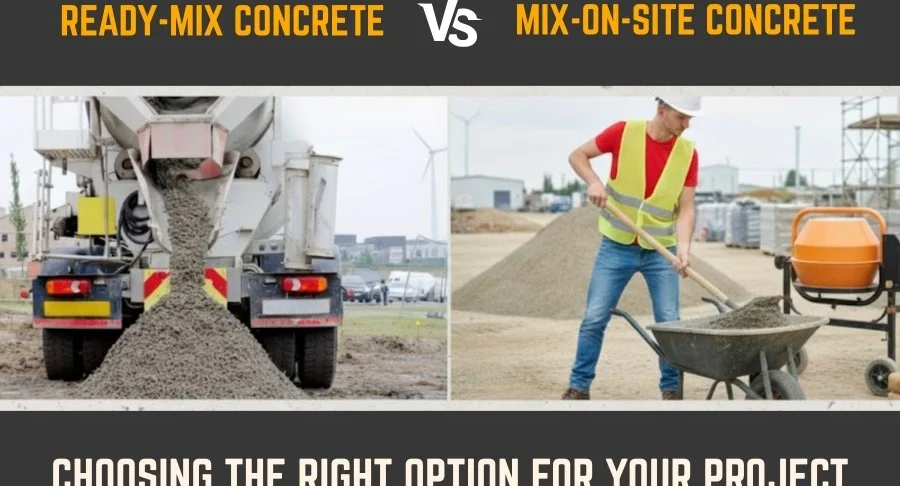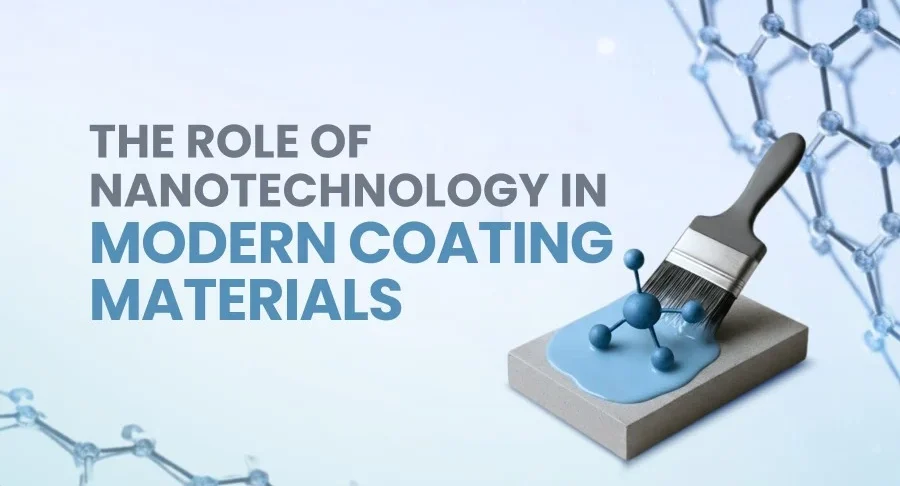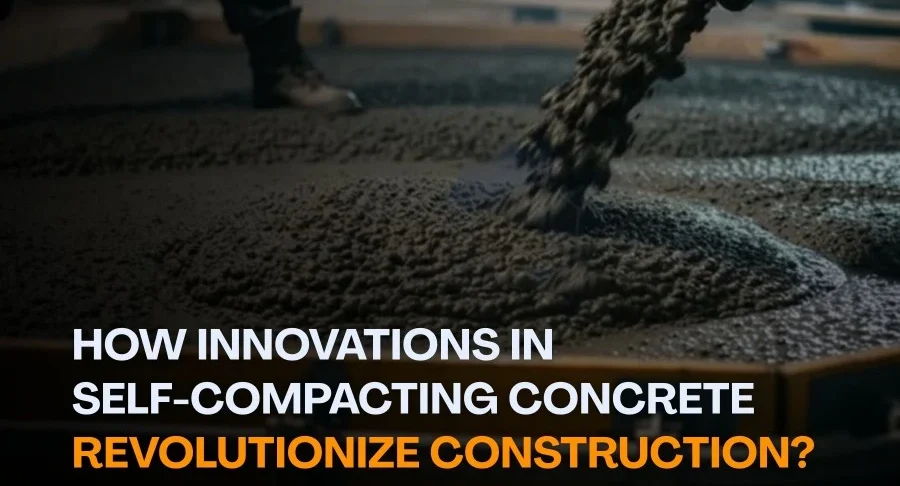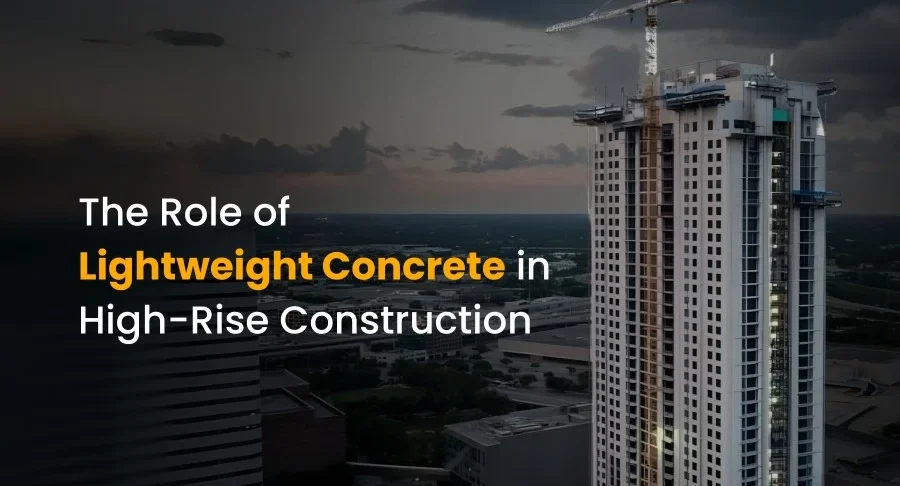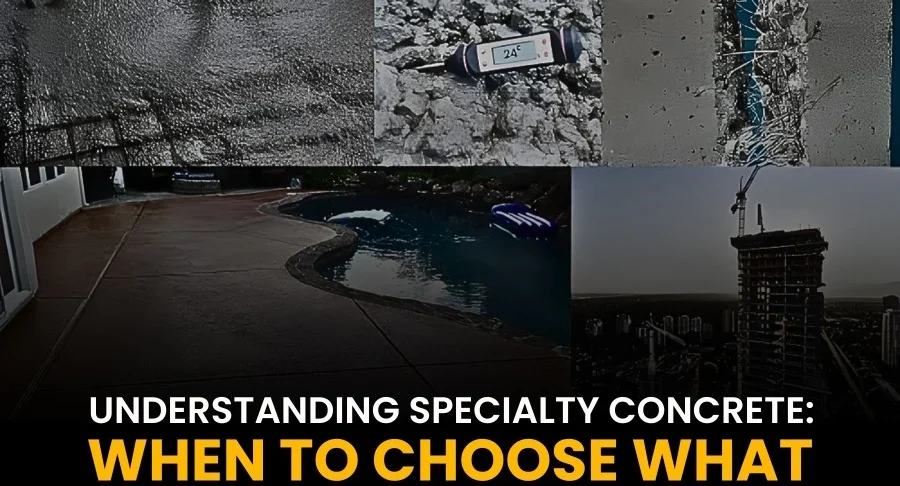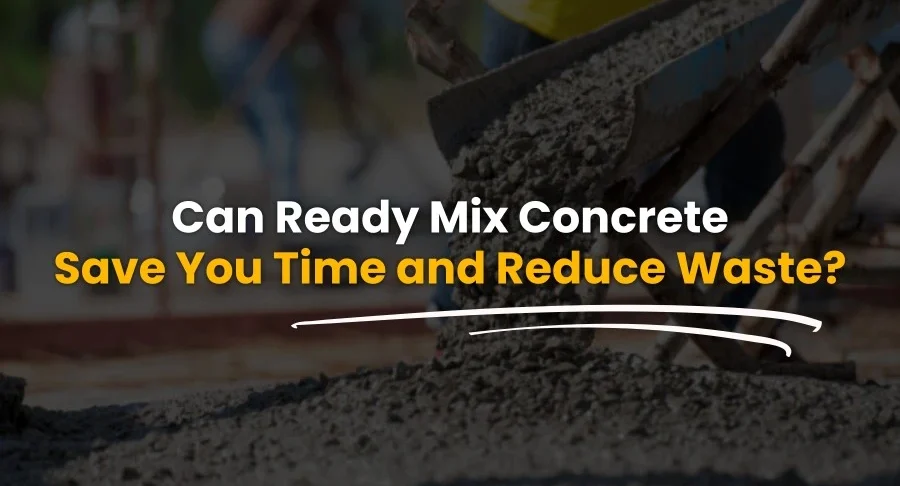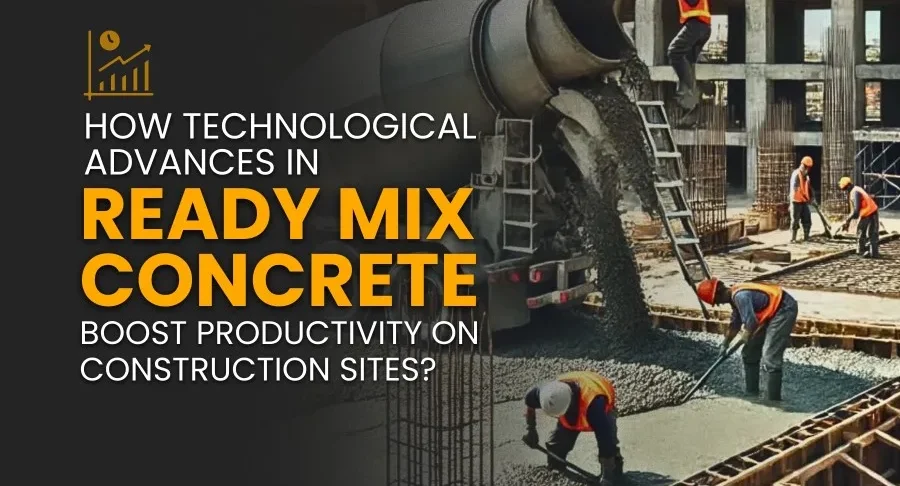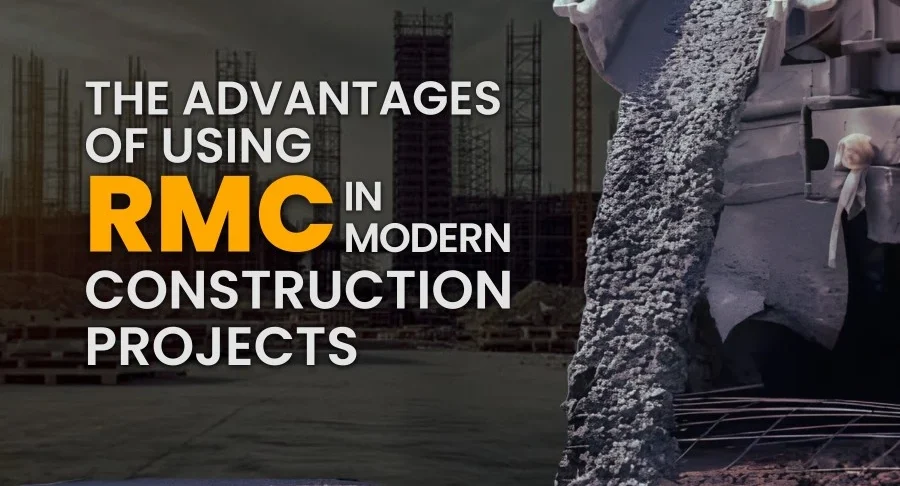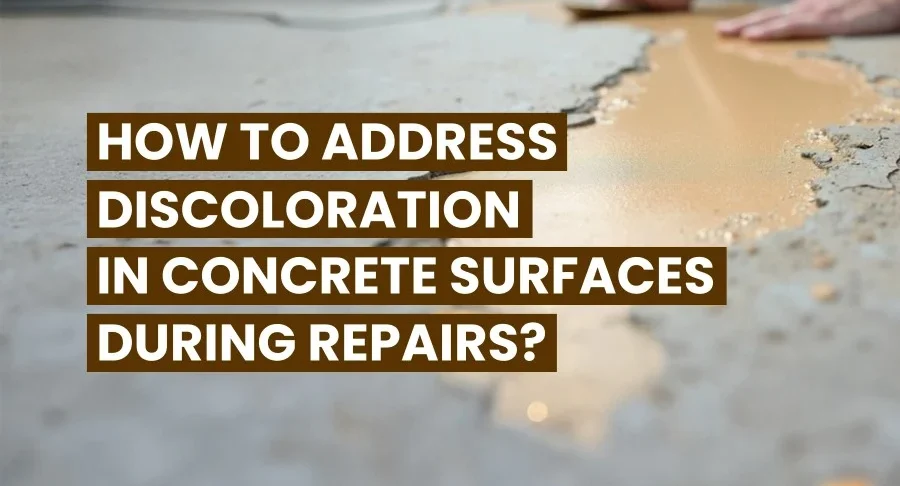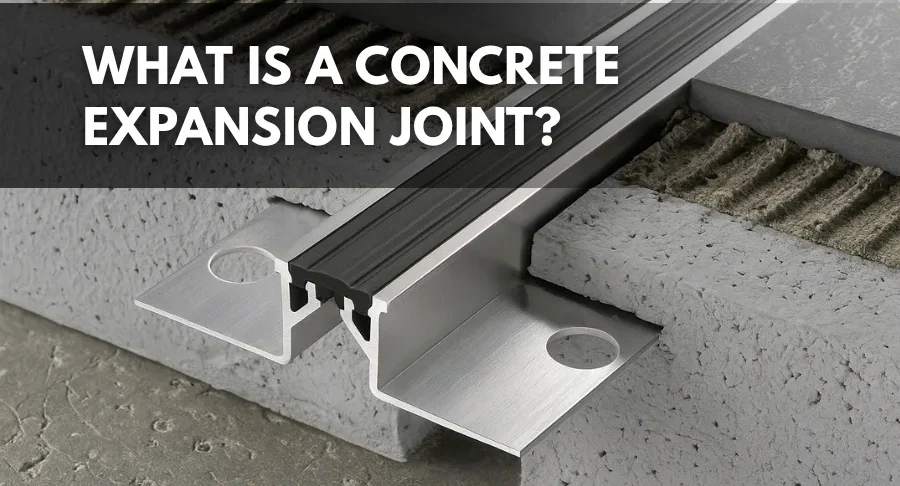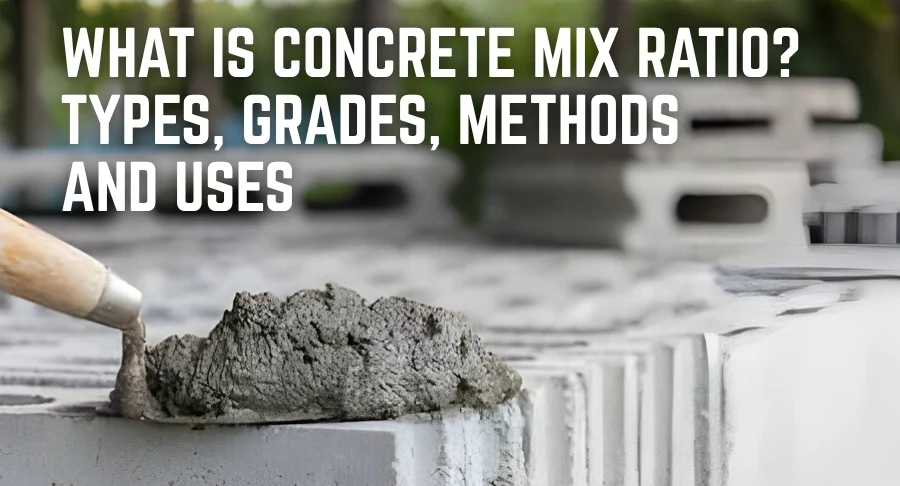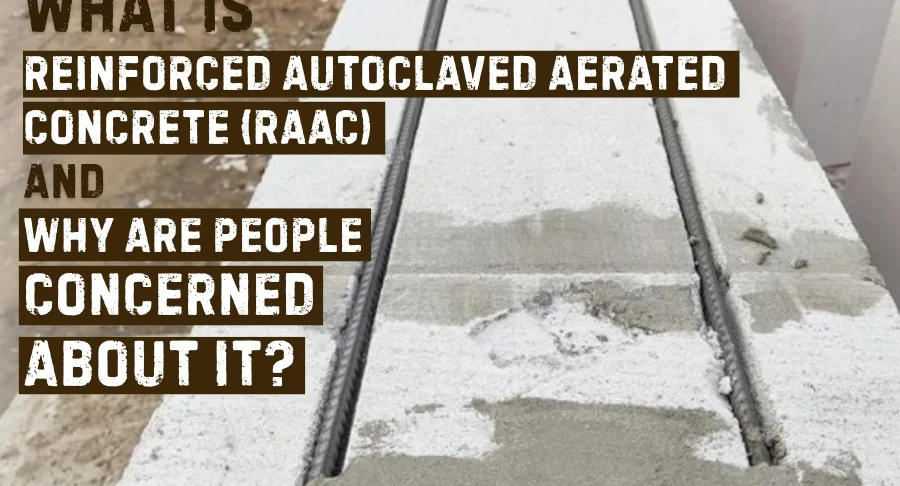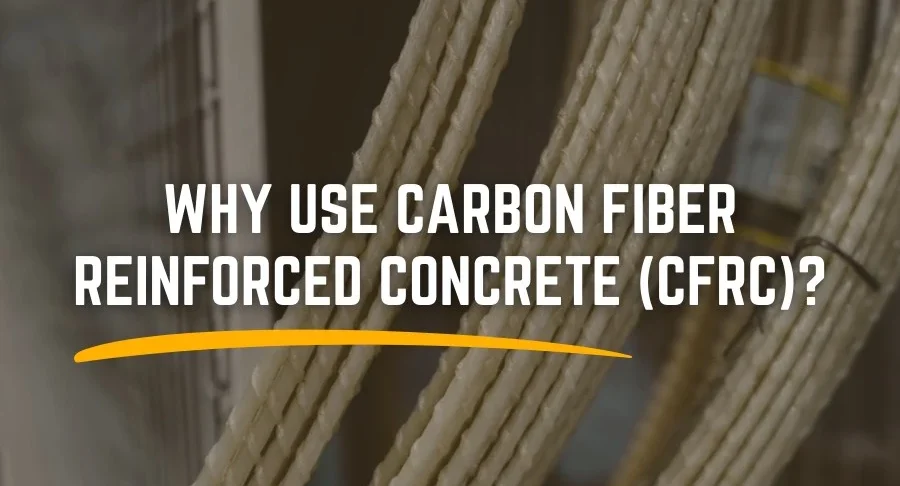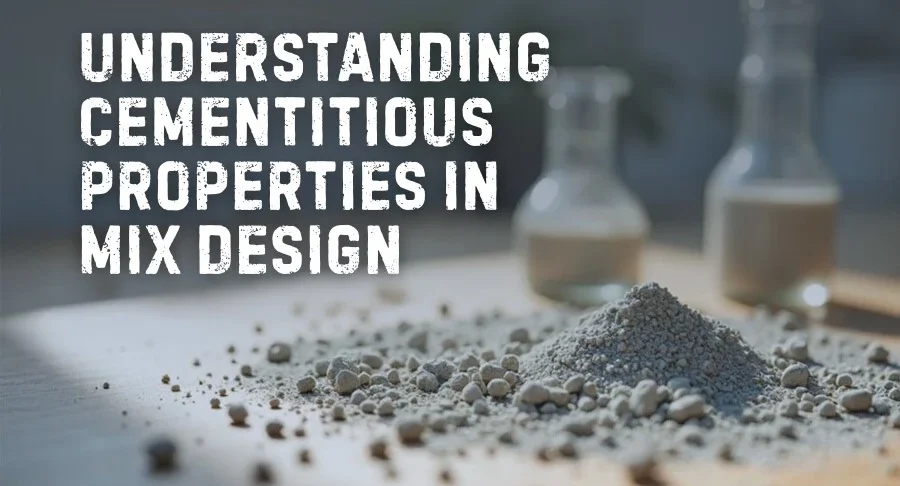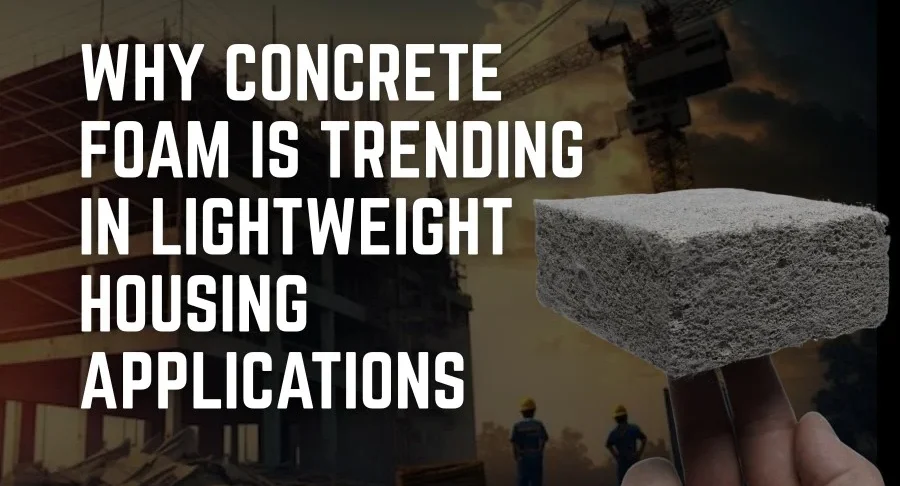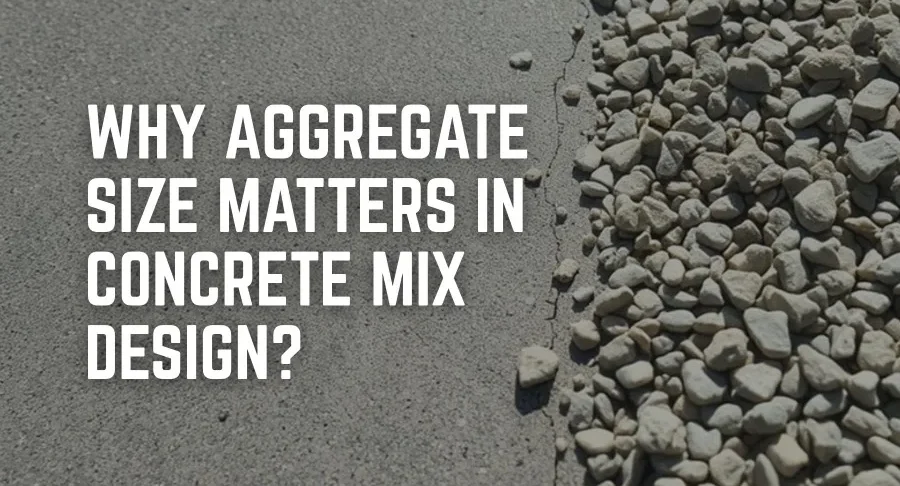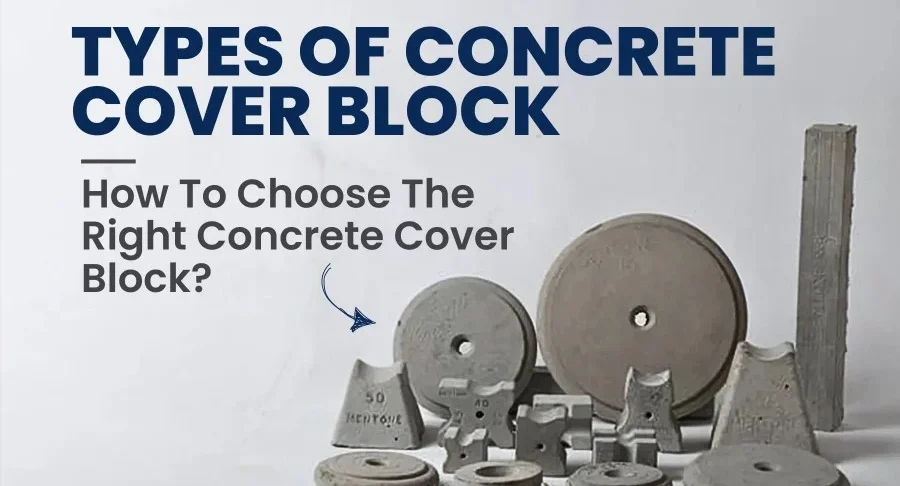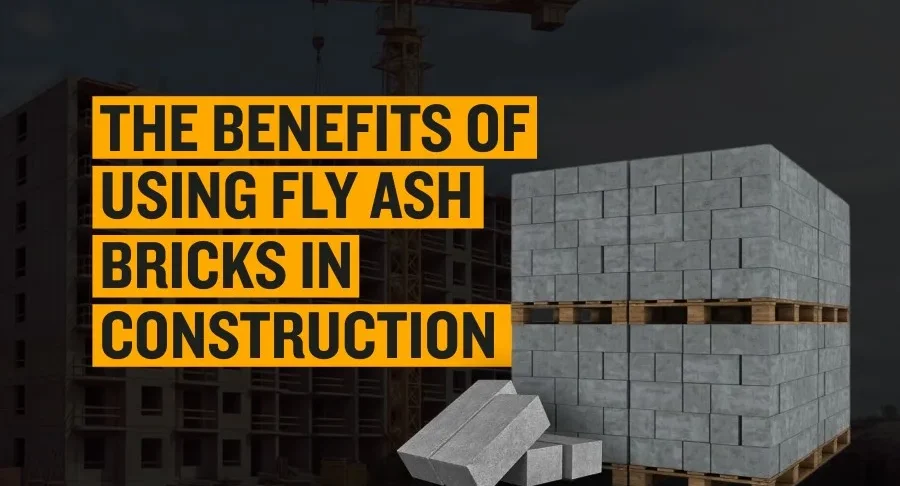Introduction: When the Weather Works Against Concrete Concrete, when freshly mixed, is an active living material. It breathes, reacts, develops heat, and goes from a soft paste to a dense, stone-li...
How to Improve the Impermeability of Concrete?
Concrete continues to be the backbone of construction around the world. No structure, however, is ever entirely secure unless the concrete used is dense, durable, and less prone to water intrusion. Of...
The Future of Concrete: 5 Emerging Trends and Technologies
Concrete has significantly impacted human civilization for thousands of years. Roads, bridges, houses, towers, port facilities, dams, tunnels – basically every type of infrastructure relies on concr...
10 Effective Ways to Manage Stormwater using Porous Concrete
As urban areas broaden, road systems increase, and lands transform into places with concrete, another silent challenge emerges beneath our feet, the challenge of stormwater. Heavy rains seem to be...
More Than Strength: The Real Advantages of Ready Mix Concrete
Concrete has always been a critical part of construction projects for many centuries. The builder's trust in standard site-mixed concrete has been for every construction method you can think of, found...
Thermal Comfort: How Concrete & Tiles Boost Energy Efficiency
When we think of comfort in a residence or dwelling, most of us picture nice decorative spaces, cool and comforting floors, nice natural light and air circulation, or quiet spaces. But the reality...
Ready-Mix Concrete vs Mix-On-Site Concrete: Choosing The Right Option For Your Project?
Concrete forms the foundation of modern construction. From high-rise structures and bridges to residential buildings and sidewalks, concrete is both a material and a method that shapes our world today...
What Is Compressive Strength in AAC Blocks?
The construction industry has shifted to lighter, stronger, faster, and more sustainable materials. Of these modern building materials, AAC (Autoclaved Aerated Concrete) blocks have grown in popularit...
The Role of Nanotechnology in Modern Coating Materials
The Coating Industry is in a tremendous state of flux today. The industry has gone from being mainly cosmetic, color, finish, texture, to a functional model based on performance, durability and enviro...
10 Game-Changing Cement Additives That Are Transforming Plastering Projects
The construction industry is advancing quickly, and plastering is fundamental to ensuring solid, enduring, and consistent flatwork, whether it be on the inside of a residential project, on commercial...
How Various Mix Designs Affect Driveways?
A strong driveway is about more than just aesthetics; it should perform well, be durable, and have a long lifespan. No matter if you are installing a brand-new driveway or repairing an old surface, un...
What is the Strongest Type of Concrete?
Concrete is an essential part of contemporary construction in areas ranging from homes and bridges to skyscrapers and dams. The important word here is concrete. Not all concrete is created equal....
How Innovations in Self-Compacting Concrete Revolutionize Construction?
The construction industry has always been characterized by innovation. From its original deployment as natural lime to its contemporary iterations of high-performance concretes, each innovation has be...
The Role of Lightweight Concrete in High-Rise Construction
High-rise buildings have come to epitomize contemporary urban landscapes. With ever-taller buildings emerging in the skyline, engineers and architects are constantly posed with the challenge to create...
Understanding Specialty Concrete: How to Choose the Right Type for Your Project
Concrete has always been central to modern construction. But as building challenges have changed, so needs for concrete to perform beyond the ordinary. This is where Specialty Concrete comes in to...
Can Ready Mix Concrete Save You Time and Reduce Waste?
In the fast-paced world of construction, every minute and every bag of materials matters. Project managers, engineers, and contractors are all looking at ways to push timelines, no manual processes, a...
Concrete Strength Classes Explained: Which Grade Do You Need?
Concrete serves as the foundation of modern construction, whether it is for a small house, a large commercial building, or a major infrastructure project. But, concrete is not all the same. Every...
How Technological Advances in Ready-Mix Concrete Boost Productivity on Construction Sites
The construction industry of today values efficiency as much as quality, as every minute and every rupee certainly matters in the industry. Whether it is a residential high-rise, commercial comp...
The Advantages of Using RMC in Modern Construction Projects
In the constantly progressing construction industry, time, accuracy, and durability are everything. It is all about efficiency, whether it is residential complexes, bridges, or commercial towers....
How to Address Discoloration In Concrete Surface During Repairs?
Introduction Concrete discoloration can be tackled with smarter repair solutions. One can begin with the identification of the causes, like uneven curing, contamination, or stains. Followed by prop...
What Is a Concrete Expansion Joint?
Concrete is recognized within civil engineering for its durability, strength, and longevity. But ultimately, no material is 100% impervious to the elements. Concrete is temperature sensitive and w...
What is Concrete Mix Ratio? Types, Grades, Methods, and Uses
Concrete is the foundation for construction today. Whether constructing a small house, a large skyscraper, or even a simple garden path, the quality of concrete used will determine the strength, durab...
What is Reinforced Autoclaved Aerated Concrete (RAAC) and Why are People Concerned About It?
Over the past few years, Reinforced Autoclaved Aerated Concrete (RAAC) has gained attention for all the wrong reasons. Once touted as a progressive and innovative architectural construction material,...
Why Use Carbon Fiber Reinforced Concrete (CFRC)?
Introduction In today's environment, as cities are built higher and the infrastructure is built to withstand extreme conditions, there is a greater need than ever for construction materials that ar...
Understanding Cementitious Properties in Mix Design
The backbone of modern construction is concrete. Its strength, durability, and longevity are determined by the materials from which it is composed and their combination. Cement is the most signifi...
Why Concrete Foam Is Trending in Lightweight Housing Applications?
The construction industry is undergoing a significant transformation. Due to increasing urbanization, rising energy demands, and growing sustainability concerns, builders are seeking materials that ar...
Why Aggregate Size Matters in Concrete Mix Design?
Concrete is vital for modern construction, serving as the primary structural element in buildings, bridges, highways, and other infrastructure. Although cement, water, and admixtures are often put...
Types of Concrete Cover Block: How to Choose the Right Concrete Cover Block?
Introduction When constructing reinforced concrete structures, half the equation is strength and the other half is durability. This is where the small, yet remarkable concrete cover block comes int...
The Benefits of Using Fly Ash Bricks in Construction
In today's construction industry, the selection of suitable building materials extends beyond strength and durability; these days, it all has to do with being sustainable, cost-effective, and long-las...
Quick Tips on How to Check Brick Quality?
Quality of bricks matters when it comes to constructing solid and lasting architectural products, as bricks form the basis for walls, columns, and buildings. Even slight compromises in brick quali...


